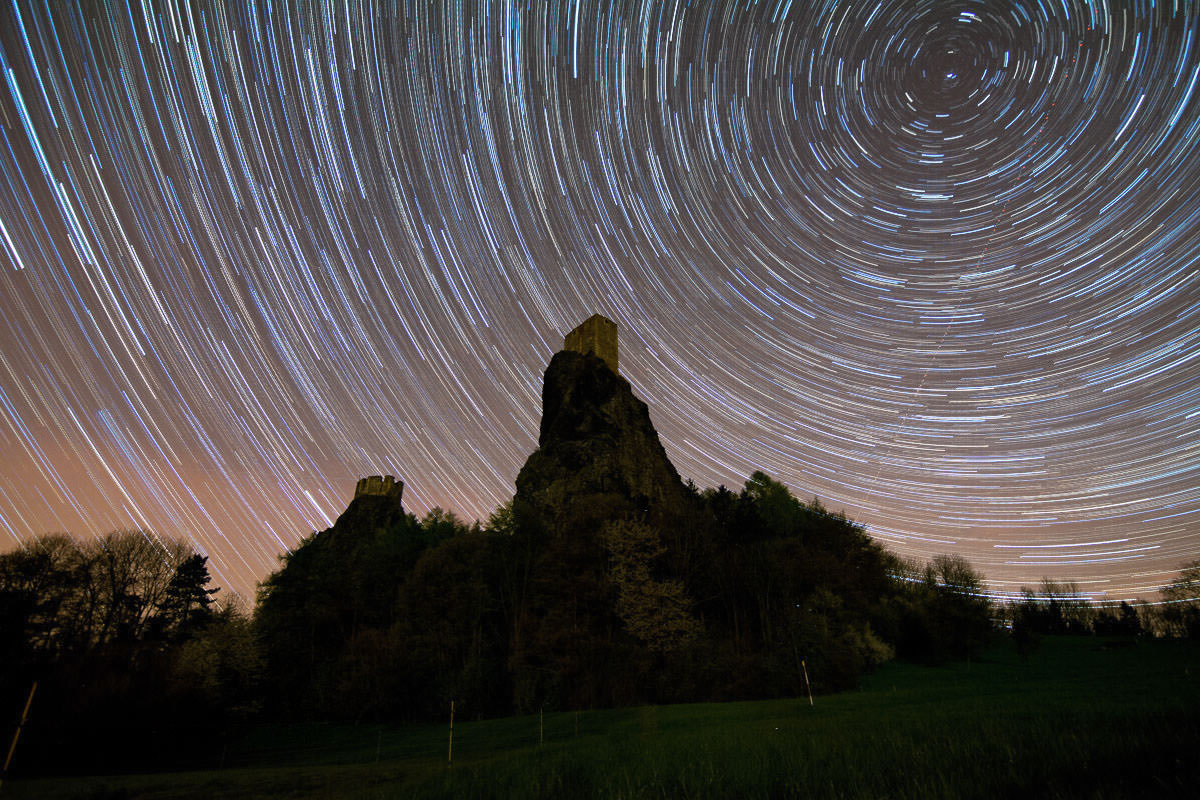

ISO is not technically an exposure parameter but lowering it can help avoid blowing highlights when a scene is overexposed. Adjusting ISO, though, might be able to help here. There isn’t a single lens that stops down that far, and to be honest even if there was, the diffraction would totally ruin the image. Doing the math to find what aperture I would need to compensate for that light increase gives me an aperture size of f128. If I wanted to shoot for four hours that night, then I would set my shutter speed to that value, and doing the math, by making my shutter speed that absurd length, I would be letting in nine stops more light than my original exposure with a shutter speed of 30 seconds. Now, depending on how long you want to spend on-location, you can adjust your shutter speed.

Make sure to review the image and verify the histogram is neither clipped in the shadows nor in the highlights. An ISO of 3200 yielded a properly brightened image as well (it was a dark night). For the sake of an example, let’s say this ideal exposure was found at f2.8 with a shutter speed of 30 seconds. To get the right exposure, dial in your camera settings for a “typical” astrophoto with minimal trailing. In order to get a proper exposure, you may need to stop down your lens all the way to f16 or f22 to compensate for the drastic shutter speed increase.

You may think that this may overexpose the night sky, as dim as it is, and you would be right. You see, in order to get star trails in one single image, your shutter speed will need to be on the order of hours, not seconds, allowing the motion of the stars to come through. The first method is simple but sometimes difficult to execute. The two primary methods in creating star trails are in-camera through the use of super-long exposures and in-software, by combining many sequential images by stacking them. CREATING STAR TRAIL IMAGES CAN BE DONE IN TWO WAYS. In this tutorial, I will tell you everything you need to know about creating your first star trail images, covering the two main methods in creating these astrophotos, the gear you will need, and the post-processing that will elevate your image to the next level. Going against all the “rules” of astrophotography, lengthening your shutter speed, decreasing your aperture size, and lowering your ISO can allow you to expose each image for hours, resulting in beautiful light trails which truly illustrate how everything in the universe is in motion. But photography is an art, and there are no concrete rules to what shutter speed you can or cannot use. To combat this, we manipulate the shutter speed of the camera, making it shorter to “freeze” the motion of the stars, the same principle used to capture fast moving action in sports or wildlife. In most astrophotography circles, star trails in photos are a bad thing, since the streaking can blur night sky objects and reduce the perceived sharpness of the photo. It’s hard to detect with our own eyes since the motion is so slow, but with a camera, it’s very obvious. In case you didn’t know, the stars at night that look stationary actually move across the sky. STAR TRAILS ARE A UNIQUE AND INTERESTING METHOD TO SHOOT THE STARS.


 0 kommentar(er)
0 kommentar(er)
